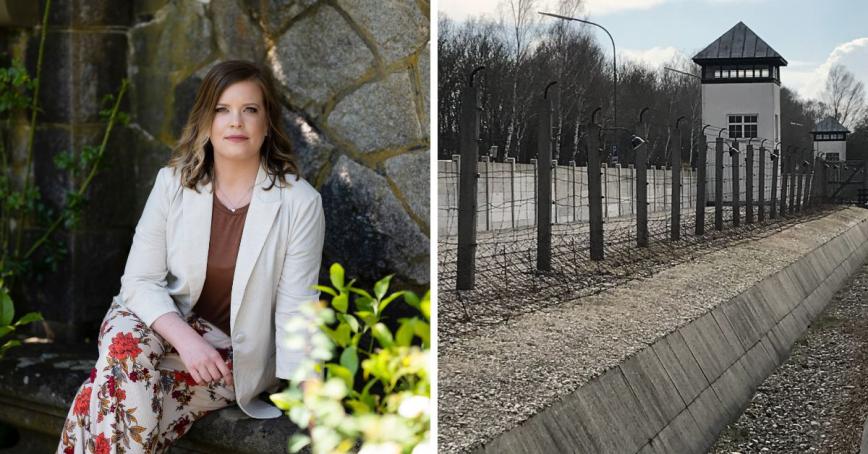RRU in the media: Here’s why we need war photographers

Learn more about the School of Tourism and Hospitality Management.
As time passes, the number of surviving Holocaust witnesses is dwindling — and with them, firsthand memories and accounts of the atrocities that occurred. Finding new ways for people to connect with Holocaust history is imperative to prevent future violence and genocide.
In a recent piece for The Conversation, School of Tourism and Hospitality Management Assistant Professor Ann-Kathrin McLean wrote about the importance of using photos as a remembrance tool to help viewers imagine and empathize with the circumstances depicted. She highlights the new film Lee, which follows the life of war and surrealist photographer Lee Miller during WWII.
Here is an excerpt from the article:
“Seeing Miller’s images today, or a fictionalized treatment of her work through the film Lee, can help people imagine circumstances and perspectives lived in the past. This can help us critically reflect on how we imagine standards we should abide by, and how we understand who we are accountable to.
“Miller’s experience at Dachau also reminds us of the importance of photojournalists in war zones today. War, suffering and death underscore the realities of death and the precarity of life.
“Social psychologists drawing on anthropologist Ernest Becker’s ideas through terror management theory explore how such confrontations can evoke feelings of shame or denial. These feelings give rise to potentially debilitating terror that people “manage” by adhering to specific cultural worldviews.”